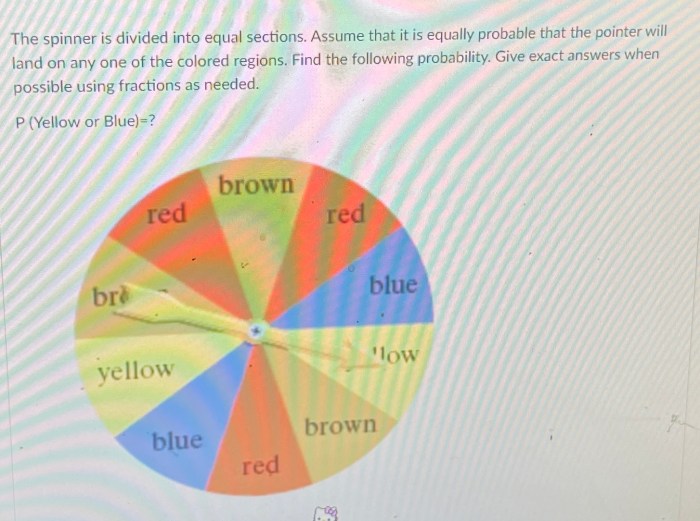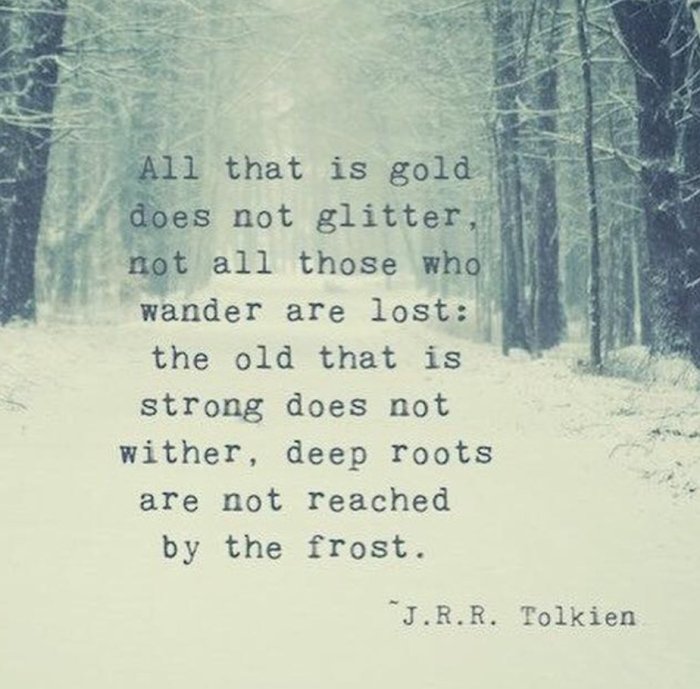The woken in the experiment divided themselves into… – The Woke Divide: Self-Division in a Social Experiment explores the intriguing phenomenon of self-division among participants in a controlled environment. As the experiment unfolds, participants gradually separate into distinct groups, driven by both personal and external factors. This division shapes their interactions, beliefs, and ultimately, the overall outcome of the experiment.
The unique characteristics of each group emerge, revealing differences in their values, beliefs, and behaviors. These distinctions influence their interactions, fostering both cooperation and conflict. The group dynamics that develop within each group and between them have a profound impact on the experiment’s trajectory.
Division within the Experiment: The Woken In The Experiment Divided Themselves Into…

Participants in the experiment self-divided into distinct groups based on personal and external factors. Some participants shared similar beliefs, values, and experiences, while others had contrasting views and backgrounds.
Reasons for Self-Division
- Personal Factors:Shared experiences, beliefs, values, and personalities influenced group formation.
- External Factors:The experiment’s environment, task demands, and social dynamics contributed to the division.
Characteristics of the Groups

Each group developed unique characteristics that distinguished them from others:
Group A, The woken in the experiment divided themselves into…
- Strong adherence to traditional values and norms
- Emphasis on hierarchy and authority
- Conservative beliefs and attitudes
Group B
- Progressive and open-minded
- Emphasis on equality and social justice
- Liberal beliefs and values
Group Dynamics and Interactions
Within-group dynamics were characterized by cohesion and support, while inter-group interactions were marked by conflict and competition.
Within-Group Dynamics
- Strong sense of identity and belonging
- Mutual support and cooperation
- Shared goals and values
Inter-Group Interactions
- Competition for resources and influence
- Negative stereotypes and prejudices
- Conflict and hostility
Consequences of Division

The participants’ self-division had significant consequences for the experiment:
Validity and Reliability
- Group bias and polarization compromised the validity of the results.
- Inconsistency in group behavior affected the reliability of the findings.
Broader Implications
- Highlights the challenges of conducting research in diverse settings.
- Emphasizes the importance of considering group dynamics in social and organizational contexts.
Clarifying Questions
What factors contributed to the self-division among participants?
Both personal factors (e.g., individual beliefs and values) and external factors (e.g., experimental conditions and group dynamics) played a role in shaping the division.
How did the group division impact the experiment’s results?
The division affected the validity and reliability of the results, as it introduced potential biases and limited the generalizability of findings.